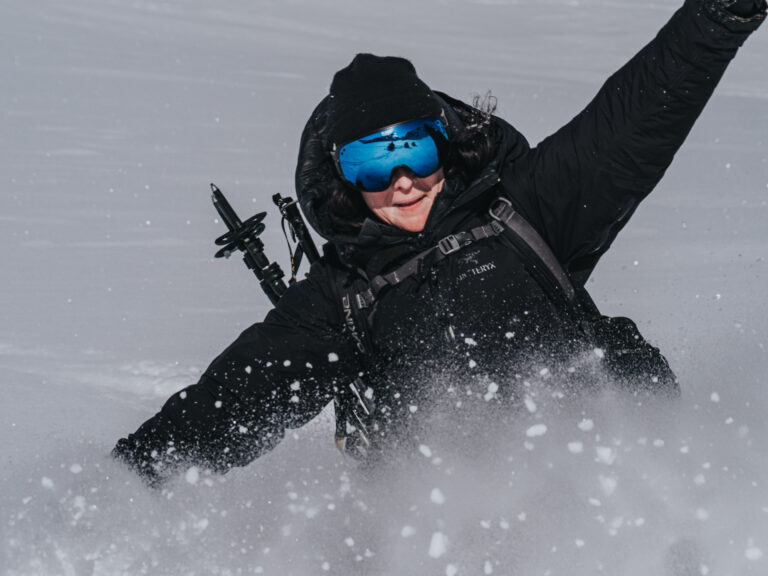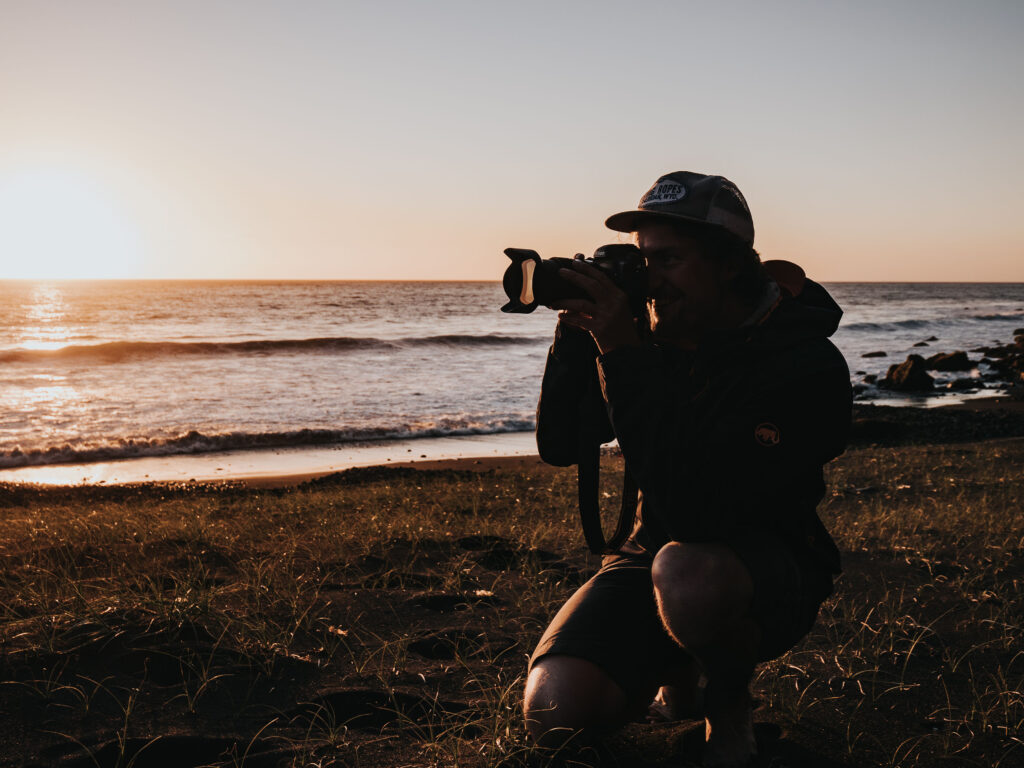Filming in Harsh Environments: Prep for Adventure Media

Do Your Homework
Before I even think about packing my camera, I start with research. What’s the climate like? Will I be battling wind, snow, sand, or humidity? What time does the sun rise and set? Are there dangerous animals or terrain hazards? One of the most valuable steps I’ve learned is to understand the rhythm of the place, when the weather tends to shift, how quickly conditions change, and what local customs or regulations I should be aware of.
If you’re shooting in a protected area, for example, you may need permits or have restrictions on drone use or lighting gear. The more you know, the better you can plan out expedition film logistics.
Gear Up, But Pack Smart
Adventure filmmaking tempts you to bring everything, but hauling a studio’s worth of equipment across a glacier or up a jungle trail is not realistic, or smart. I’ve learned to pack lean and functional. My go-to rule: only carry gear I know I’ll use, and can protect in the field.
That means waterproof hard cases, lens hoods to block sun or rain, UV filters to guard the glass, and lens cleaning kits I can use on the fly. In humid or dusty places, I stash silica gel packs in my camera bag to ward off moisture. And no matter the location, I carry extra memory cards, power banks, and batteries (especially in the cold, where they die way faster than you expect).
Protect Yourself Too
Let me be honest; gear is replaceable. You’re not. Dressing appropriately is just as critical as packing the right camera body or drone. In cold regions, I rely on a base layer, insulation, and a waterproof outer shell. In deserts, I switch to light, breathable fabrics and a wide-brimmed hat to protect from heatstroke and sunburn. I also carry sunscreen, insect repellent, and a sturdy pair of boots that can handle rugged terrain.
The one item I bring to every shoot? A pair of gloves that let me operate a camera without freezing or fumbling. When your fingers are numb or blistered, you’re not going to get the shot, trust me on that!
Power and Communication: Don't Skimp
One of the biggest challenges in remote areas is staying powered up. I’ve lost entire shot sequences because I didn’t anticipate just how quickly I’d burn through batteries. These days, I always bring more than I think I need, and include solar chargers or high-capacity battery packs when I’m off-grid.
Equally important is communication. Depending on how remote your shoot is, cell service might be non-existent. That’s where a satellite phone or GPS beacon becomes a literal lifesaver. At the very least, I always let someone back home know my schedule, route, and check-in times. If I miss a check-in, they’ll know to start asking questions.
First Aid and Staying Safe
On one trip into the Andes, altitude sickness nearly knocked me out on day two. That experience taught me to never underestimate nature. Now, I always carry a basic first aid kit, hydration salts, and emergency food and water. If you’re climbing high, give yourself time to acclimatize. If you’re heading somewhere remote, bring a printed map and compass as backup to your GPS.
Also: know when to stop. Filming in extreme conditions can wear you down, and fatigue leads to mistakes. I’ve cut days short when things got too risky, and I’ve never regretted putting health and safety first.
Expect the Unexpected
No matter how carefully you plan, conditions in extreme environments can shift in an instant. That’s why I always build extra time into my schedule and remain flexible with my shot list. I also plan backup scenes and locations, just in case something becomes inaccessible or the weather turns hostile.
Keeping your workflow simple is another big win. I stick to modular setups that I can adjust quickly; no overcomplicated rigs that take 20 minutes to reset. Every minute you spend fiddling with gear is a minute you might lose the perfect shot.
Field-Test Everything
If there’s one golden rule I live by, it’s this: test your gear before the trip. Whether you’re using a new lens, drone, or just trying out a different backpack, test it under conditions similar to what you’ll face. I’ve had memory cards fail, tripods collapse, and boots fall apart, all preventable with better pre-trip checks.
Filming in harsh environments is as much about resilience and adaptability as it is about creativity. These wild places don’t hand you beautiful shots easily—but that’s exactly why they’re so powerful. The key is to respect the environment, stay prepared, and embrace the adventure. Every challenge becomes part of the story—and often, the most memorable shots are the ones you almost didn’t get.
So pack smart, plan well, and stay safe out there. The world’s waiting.
Ready for the Next Expedition?
Explore more Stories
Discover the world through my eyes:
→ Mastering Cold-Weather Film Logistics
→ Filming in Antarctica with EYOS Expeditions
→ Arctic Wildlife Filmmaking: Svalbard Stories
Behind the Scenes with Stein Retzlaff
→ View the Antarctica Film Portfolio
→ Inside the Mosaic Studios Expedition Workflow
→ Why Antarctica Is the Ultimate Adventure Film Location
Stay Connected
For updates, stories, and behind-the-scenes dispatches, follow along: → @SteinRetzlaff on Instagram | YouTube | LinkedIn


